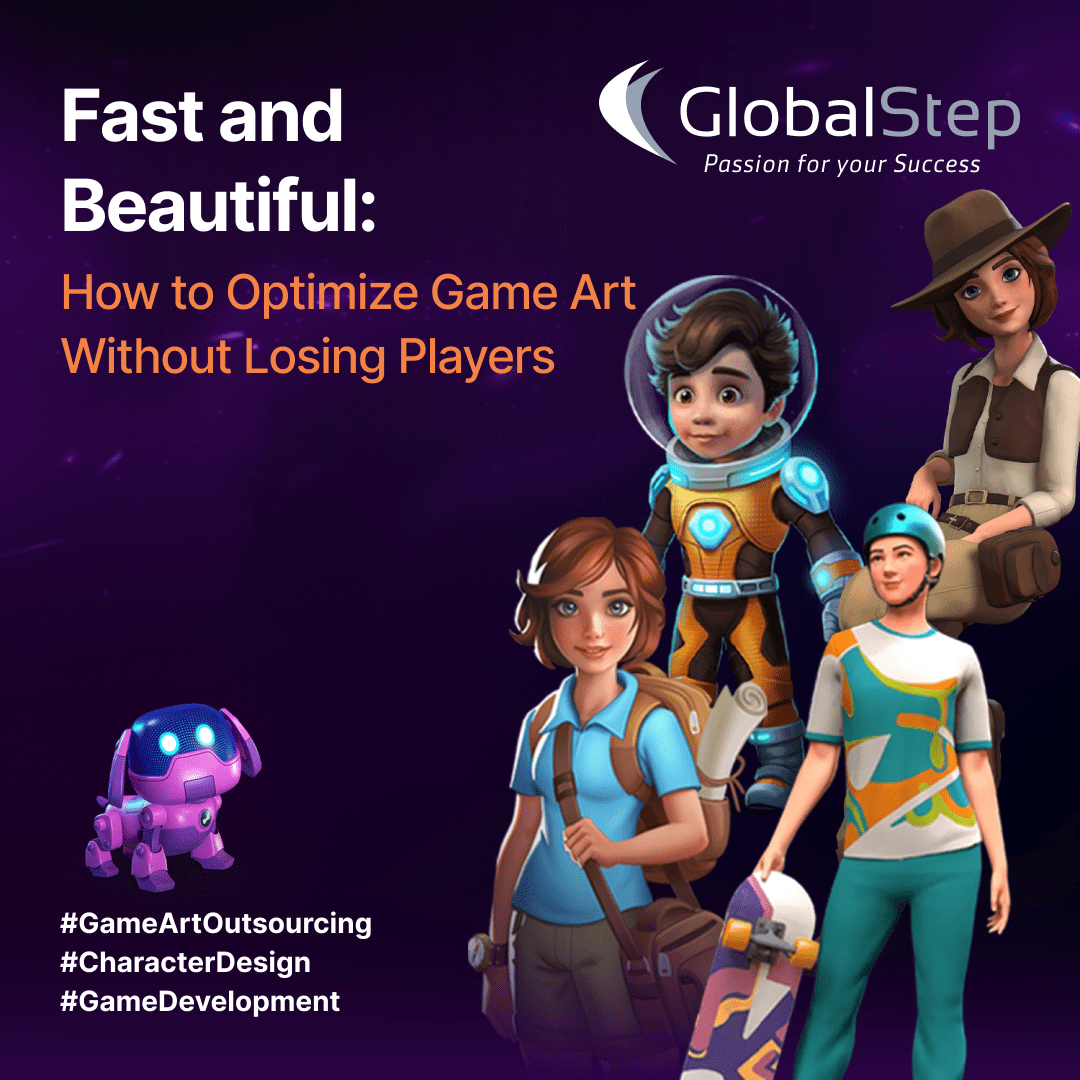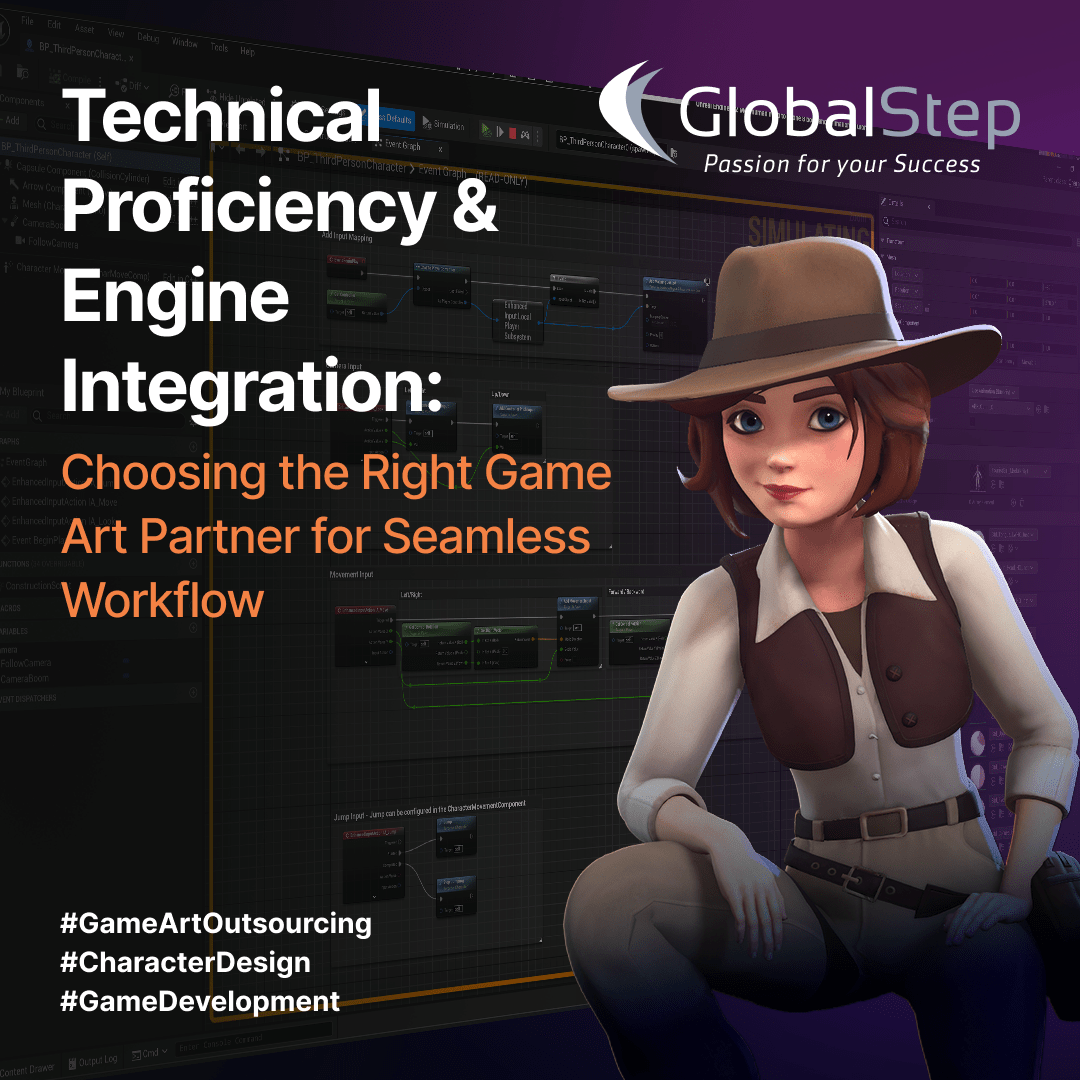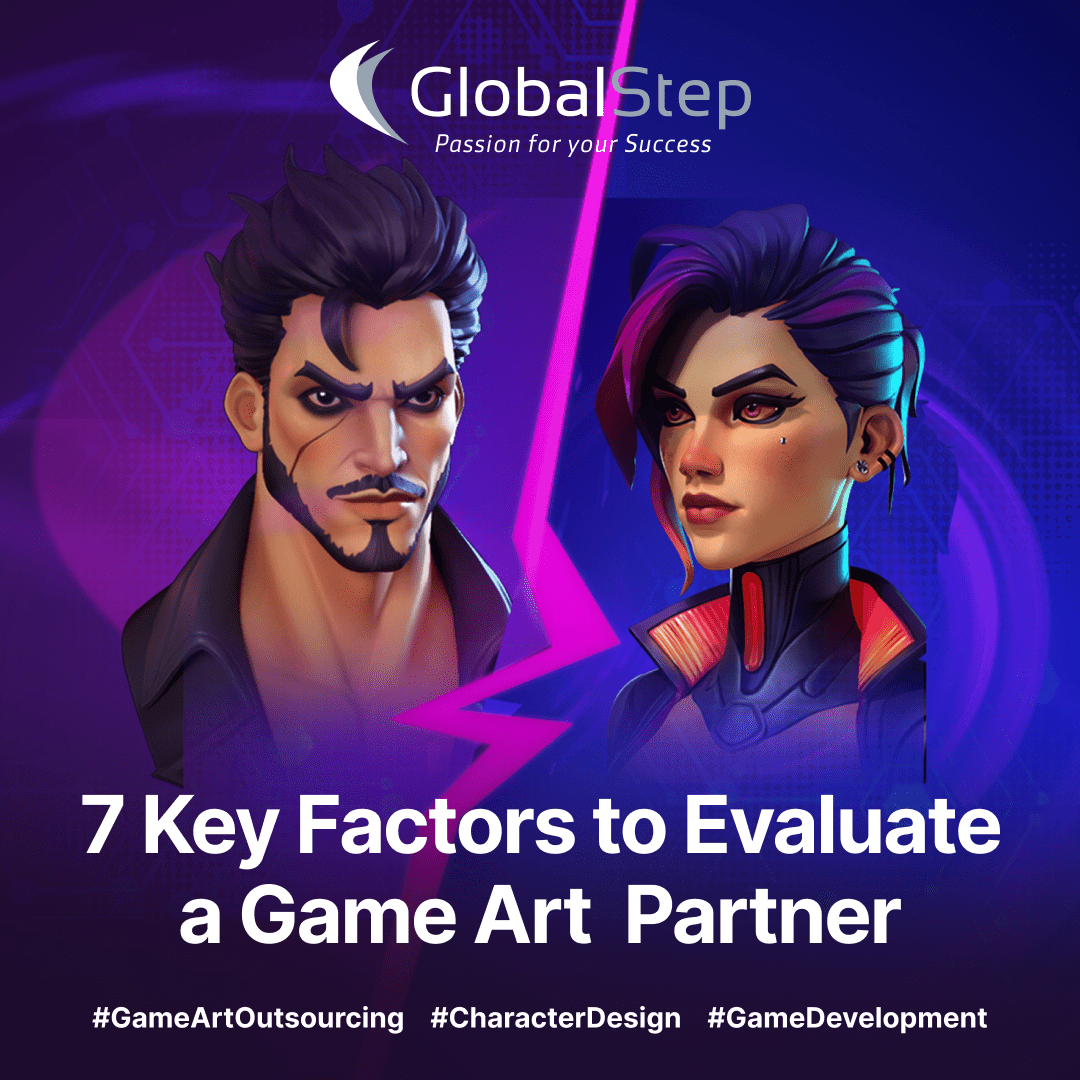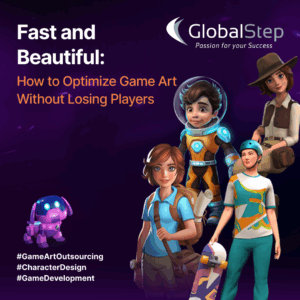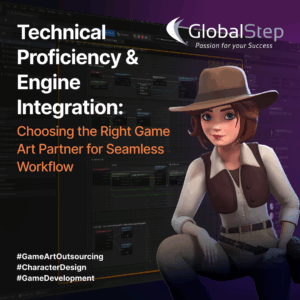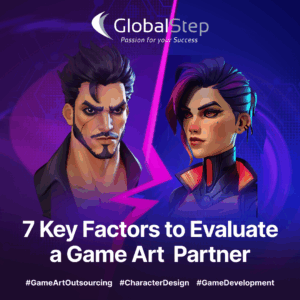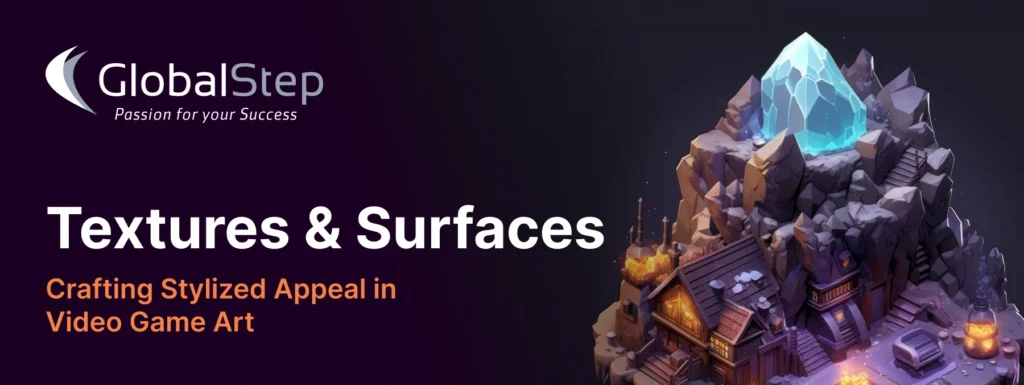
There is something undeniably magical in stylized video game art for video games. The bright and colorful imaginary worlds pull gamers into wild and unforgettable experiences. Unlike photorealistic art, they rely heavily on artful textures and shaders that reinterpret the world in a way that pushes past the constraints of the real world. The art can be exaggerated, warped, simplified, made to look like drawings or paintings. Even when using low detail styles, making custom looks has great challenges. It requires a sensitive balance of emotional intelligence, visual creativity, technical precision, and consistency.
Exercising Consistency in Stylization
When it comes to creating stylized video game art, consistency will be one of the main challenges. Each texture, surface and small detail should contribute to the broad visual goal. Visible brush strokes, border edge thickness, texture granularity, gradients in color, etc. all have to exist in harmony as a collection. Any that break conventions will stand out in a distracting way when placed in context of the others so all the artists need to be able to imitate the same style accurately. Polygon density, pixel density, texture brightness, or even mismatch in specular response can clash badly. That can easily break immersion for the player.
Consider a game where the character models use painterly textures while the environment assets are very detailed and photorealistic. The inconsistency could be embraced as an artistic choice if done well and assertively, or it can jar the player’s perception and cheapen the stylized appeal with a feeling of inconsistency and piecemeal asset store use. In parallel, there is a host of technical challenges that can be avoided if you’re targeting a lower spec platform. Stylized games can get away with having lower polygon counts, less lush vegetation and exaggerated scale on items that help fill out the scene. Like this, you can do more with less. With stylized games, shaders can be custom made to be highly optimized, often with less features than a hyper realistic game, which makes it a go-to idea when the gameplay is expected to strain performance across platforms.
Ways to Create Cohesive Stylized Art
Fundamentally, all these challenges can be managed only by being familiar with the best practices of the genre. Keep a standardized palate so the artists don’t create inconsistencies in what leather, gold, stone, wood, etc. look the same across all assets and avoiding the temptation of straying from the look through the months/ years of development in a way that makes earlier assets incompatible.
Choose wisely if you’ll depend on NPR (Non Physical Rendering) graphic pipelines or use regular PBR (Physically Based Rendering) with lower complexity. Older games had to paint most of the lighting into textures because lighting tech wasn’t mature yet. It’s freeing in some ways since you have exact control, but a limitation in others since it’s not dynamic at all. Later came the PBR revolution where normal maps and directional lights could cast shadows. This method uses some shorthand approximations to give the feel of how light behaves but is far from accurate. Still, it’s heavily influenced by standardized tech, so you get great features but lose nuanced control. Some studios use a mix of custom shaders that take advantage of the PBR directional light features but dictate the falloff of light, or specular/ shadow shapes in an art directed way. Art directors tend to fall in love with concept art and have a hard time recreating that specific look and feel in engine. Technical artists and graphics engineers are your friend. They’ll enable you to do all those unique shadow borders, bounce light and brush stroke fog volumes. The development of focused artistic direction is very important. This includes the development of a style guide, which explains the relationships of hard vs soft lines, contrast, detail density, color palettes, areas of high vs low visual density and color scripting. This along with the shadow shapes and lighting approaches create different emotions, levels of tension and a quality feel and iconically recognizable IP.
In stylized games, less is more when texturing. Stylized art will simplify away detail, exaggerate boldly and use assertive shapes. Some use flat colors, others use impressionistic painterly strokes rather than focus on intricate details. Specularity on surfaces really helps build upon this aesthetic to support the tone of the game. The composition of soft, matte surfaces on the walls along with irregular glossy areas on the ground and sharp-edged foliage can contribute a lot to the feel of the game.
The fact there’s not a lot of granular detail to preserve means the shaders are simpler, you use less kinds of textures and can afford to use them smaller than high detail games. This step is of a high level of importance since it preserves the look across all platforms and reduces the optimization/QA phases later.
Why It Matters: How Stylized Art Affects the Players
Well-crafted stylized textures and surfaces will bring a game into an iconic and brand recognizable art type. They resonate with the players emotionally in a powerful way by using color, shape, and shadow in a very intentional way. These conventions can have deep contrast through the storyline to add spice and exaggerate as they wish for emphasis. Take, for instance, games like Journey or Hades. Every single element of those games is crafted to feel interconnected in context with the rest of the world — which, in turn, gives the player a deep sense of satisfaction. The result is a product that looks great, is faster to create and iterate, and has a chance to stand out more easily in a crowded marketplace.
Subtle Expertise: How GlobalStep Can Help
Stylized video game art creation requires both technical experience and insight into the arts. At GlobalStep, with years of experience in Video game development, art optimization, and localization, we help you create worlds and characters in the style you have envisioned. Keeping the engineers happy is just as important as the Art Director, since beautiful assets that affect performance negatively don’t stay in use for long. We maintain consistency in visuals and technical follow-through across all assets. Our team is equipped to help you achieve excellence. Stylized art is meant to inspire wonder and feeling and to be expressive, which is why we love it so at GlobalStep. For more detailed information on how we support developers, explore our services in video game art optimization and visual fidelity testing today.
